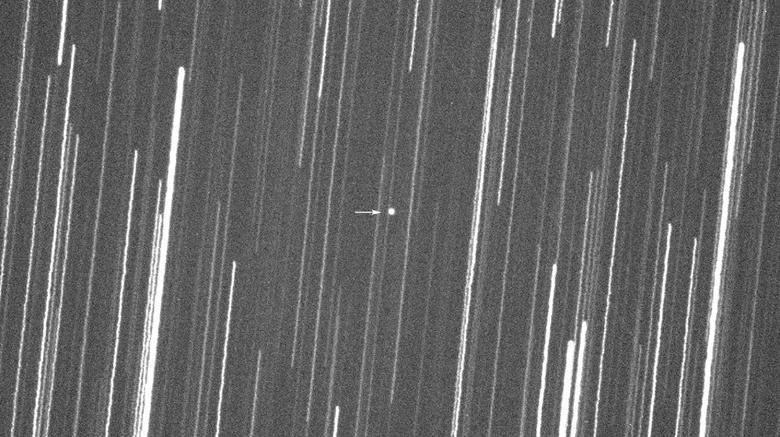This is one of 156 asteroids discovered since the beginning of 2024
Asteroid 2024 BJ, discovered just 10 days before its approach to Earth, was captured by astronomers of the Virtual Telescope project. It is noted that at its closest distance the asteroid was only 353,000 kilometers from our planet – which corresponds to approximately 92% of the average distance between the Earth and the Moon.
Participants in the Virtual Telescope project broadcast and photographed the asteroid as it approached. This object is one of 156 asteroids discovered in January 2024. Its name, including «2024», is associated with the time of its discovery.
As the European Space Agency (ESA) explains, temporary designations for asteroids include the year of discovery and two letters indicating the order in which they were discovered. Thus, asteroids discovered from January 1 to January 15 are assigned type designations AA, AB, AC, and so on. Asteroids discovered from January 16 to January 31 are designated as BA, BB, BC and so on. Thus, asteroid 2024 BJ was given this name due to its discovery after January 16.
However, it is worth noting that this name may be changed if further observations show that the asteroid has already been seen before or is part of another asteroid. In this case, it will be given a different name. The astronomer who provides sufficient information to calculate the orbit of an asteroid has the privilege of choosing a permanent name for the asteroid, since he will be its discoverer.
Asteroid 2024 BJ is not the largest asteroid discovered in January 2024. At the moment this question is still open — The characteristics and sizes of each asteroid require further study to determine which is the largest. However, it was asteroid 2024 BJ that made its closest approach to Earth after its discovery.
The closest asteroid ever to fly by Earth was 1-2011 CQ1. This asteroid, with a diameter of about 2 meters, rushed past the Earth at a distance of only 3,400 kilometers on February 4, 2011. This distance was a record for asteroids at that time. Such cases are very rare and it is unlikely that an asteroid of this size would pose a serious threat to Earth. Such close flights — the exception, not the rule, usually asteroids pass at a much greater distance from our planet.
The large number of asteroids discovered in 2024 is not due to any special position of the Earth, but to active research and improvement of observational methods in astronomy. In recent years, significant improvements have been made in sky survey and asteroid search technologies. Projects like Pan-STARRS and NEOWISE are actively scanning the sky using huge telescopes and satellites to detect and track asteroids. The discovery of a large number of asteroids in recent years may also reflect increased interest and investment in astronomy projects and programs, as well as improvements in algorithms and software to automate data processing.
Asteroids «live» in orbits around the Sun, in the asteroid belt between the orbits of Mars and Jupiter, but can also appear in other regions. Many of them have remained unchanged since the formation of the Solar System, maintaining their structure and composition, making them valuable objects for studying and understanding the processes that led to the formation of our Solar System.

